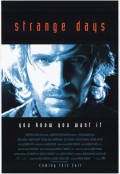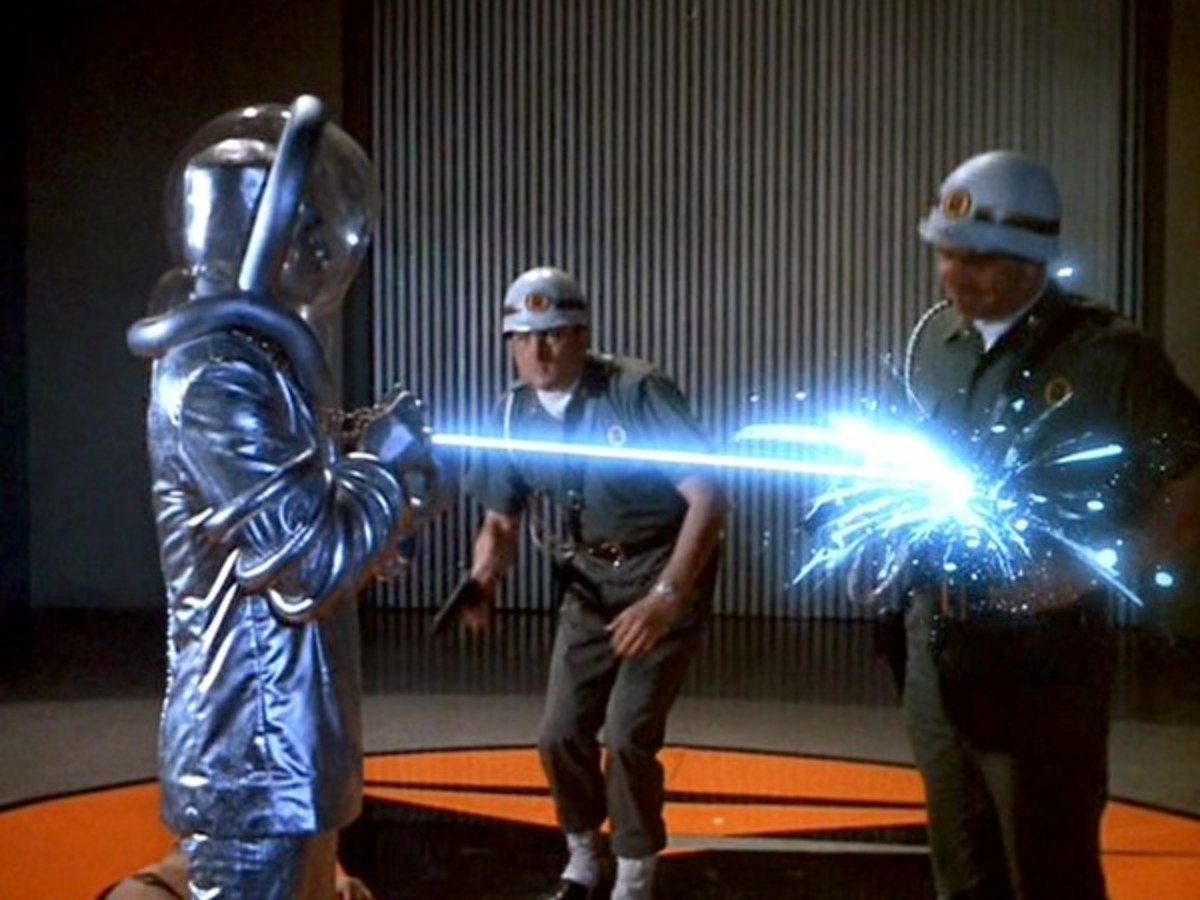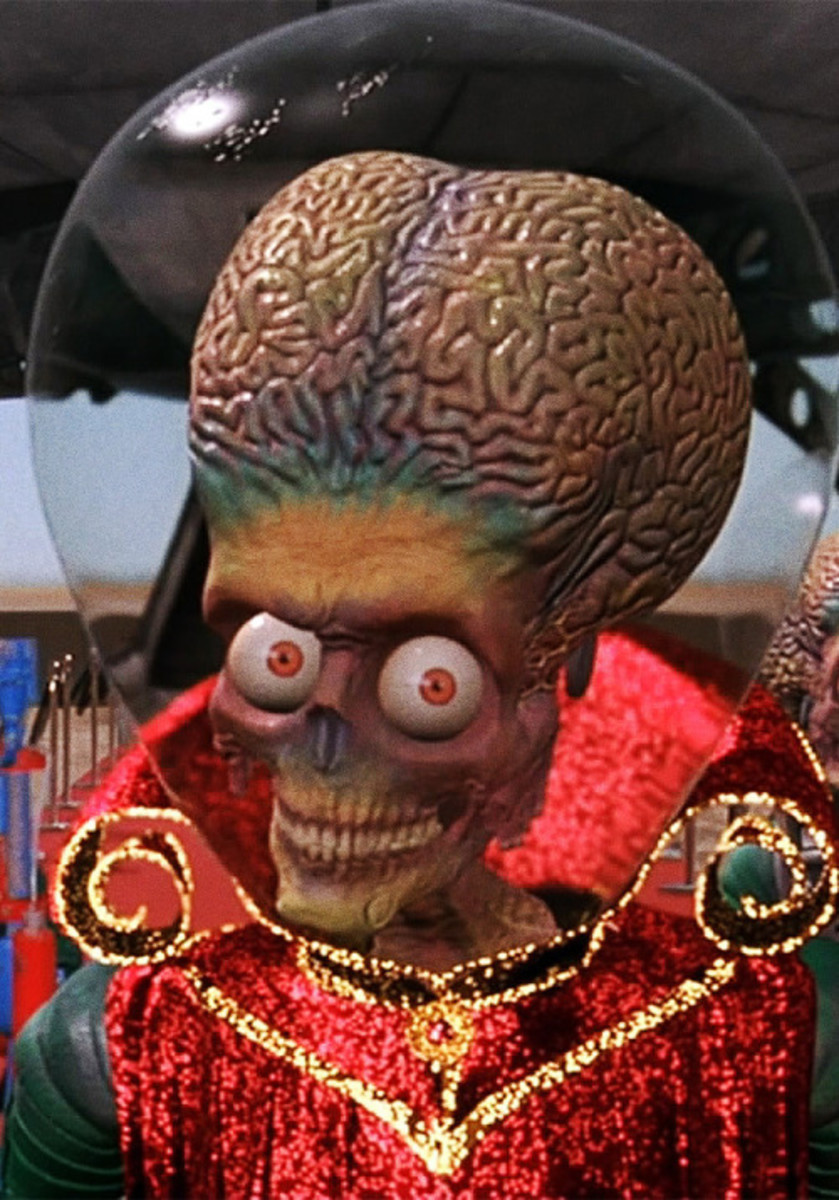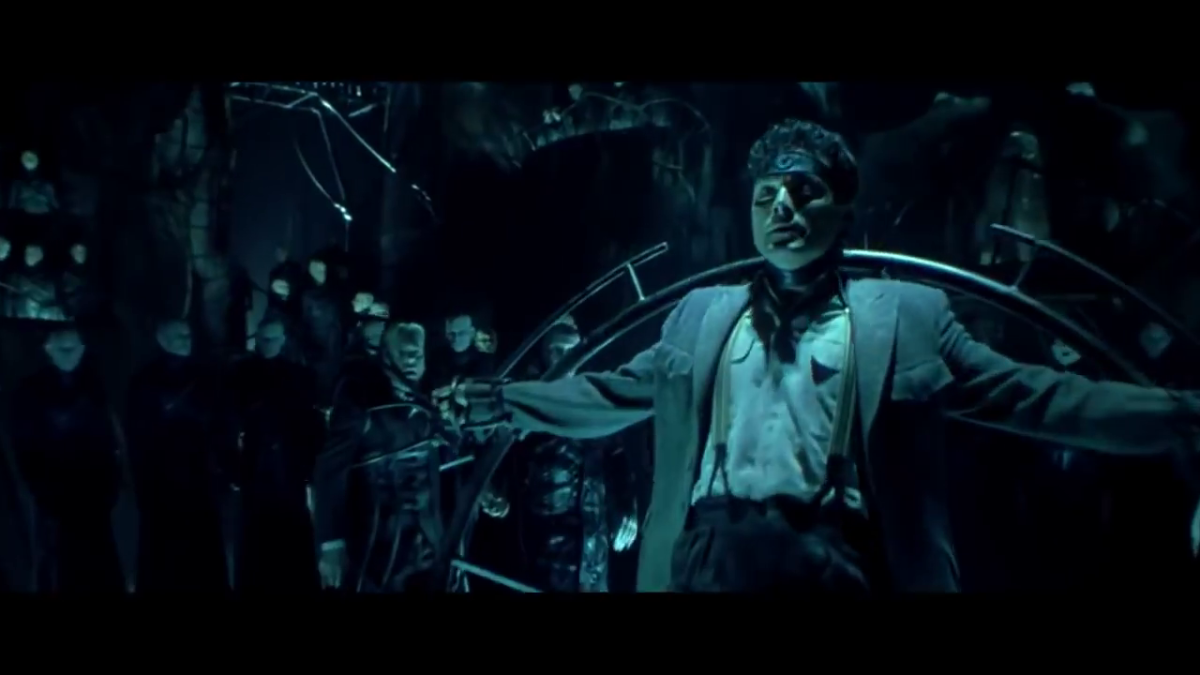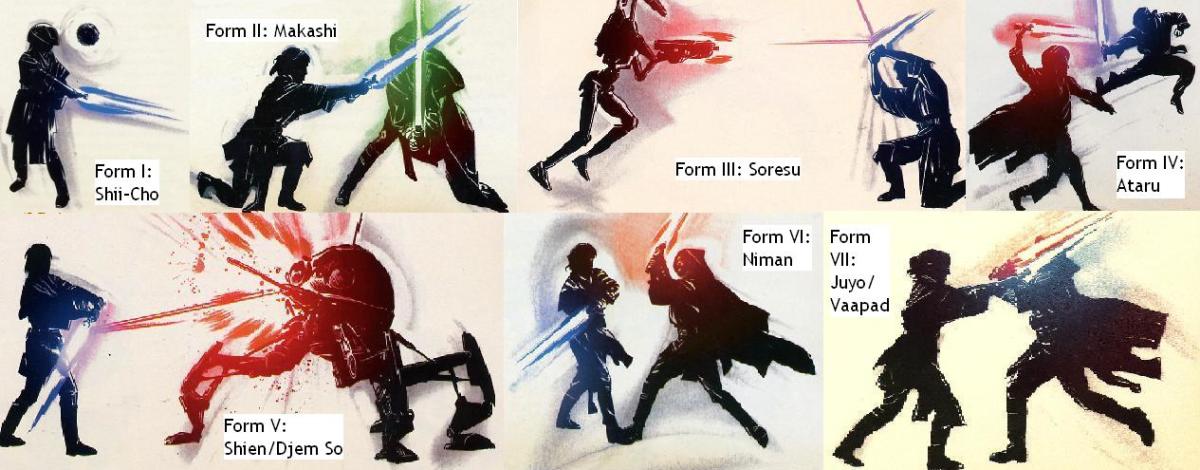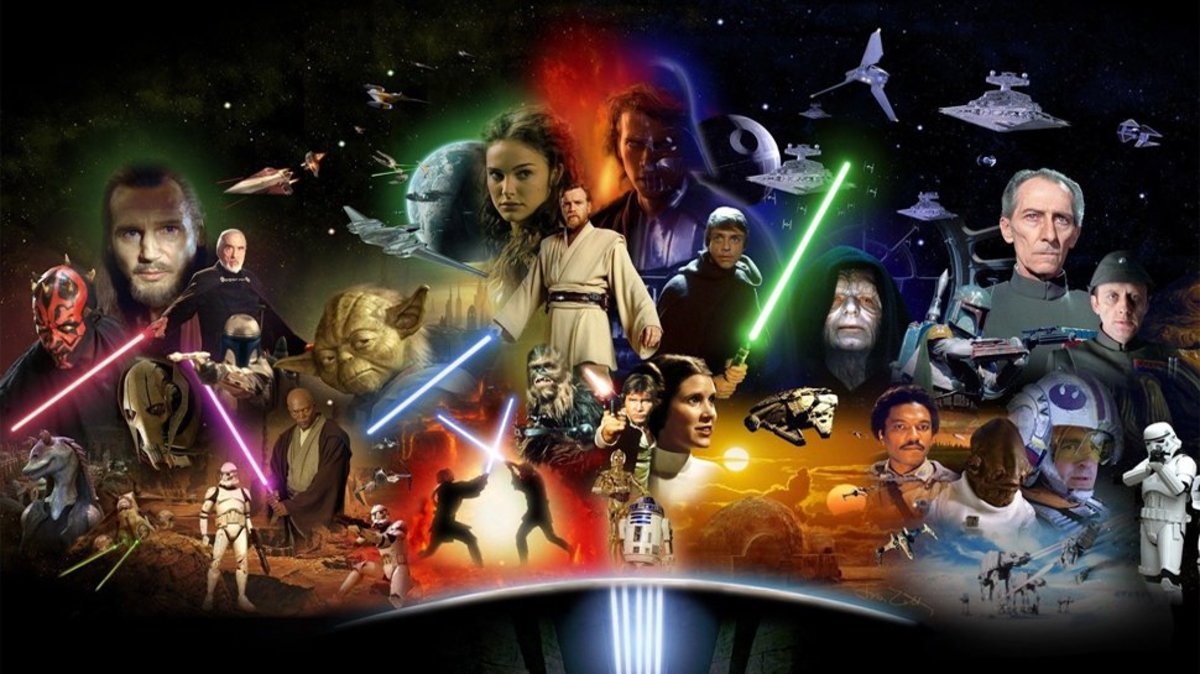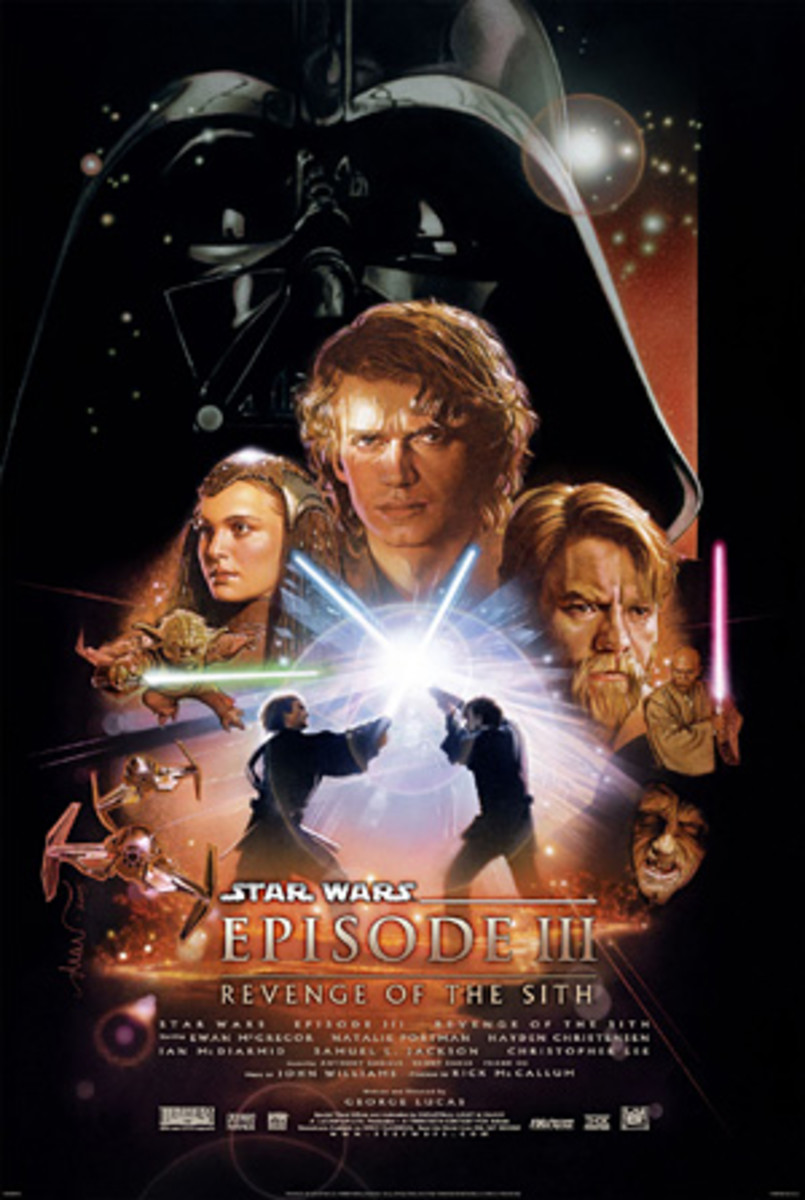- HubPages»
- Entertainment and Media»
- Movies & Movie Reviews»
- Science Fiction & Fantasy Films
When Did Science Fiction and Horror Become Mainstream?
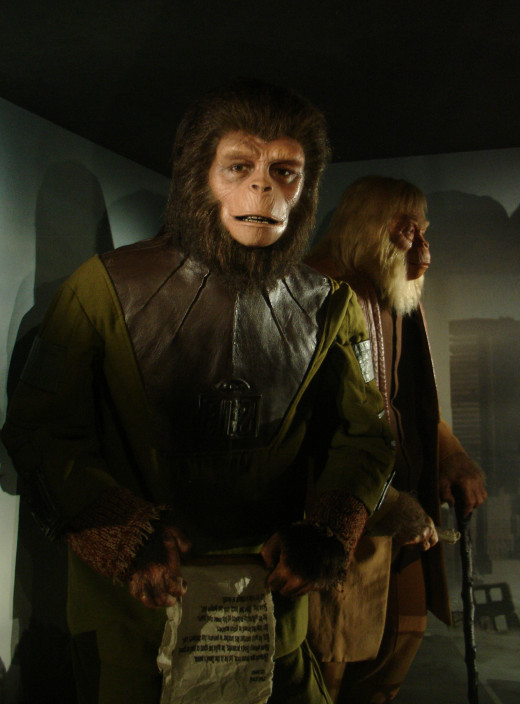
Prolific production of film in 2013
According to a list of American Films released in 2013: around 41 horror films and 23 Science Fiction (including super-hero) films were released. This is not counting action adventure, thriller and fantasy films which may contain horror and science fiction elements, or children's animations which incorporate robots.
Notable films included:
- World War z, starring Brad Pit,
- After Earth starring Will Smith,
- Dark Skies starring Kerri Russel,
- Ender's Game based on the book by Orson Scott Card and starring Ben Kingsley,
- Escape from Planet Earth starring Brendan Fraser,
- The Hunger Games: catching fire based on the series by Suzanne Collins and starring Jennifer Lawrence
- Iron Man 3 based on the Marvel Comics and starring Robert Downey Jr,
- Oblivion starring Tom Cruise
- Pacific Rim starring Charlie Hunnam
- Star Trek: into Darkness starring Chris Pine
- And the Wolverine based on the preceding Wolverine and X-men series, starring Hugh Jackman
I am using a list of films from 2013 because 2014 has not finished yet, but I believe the trend towards Science fiction and Horror/fantasy production continues, with consumption at the box office and DVD store following suit. Titles include Divergent, Captain America: the winter soldier, and Transcendence, with more titles due to be released throughout the year.
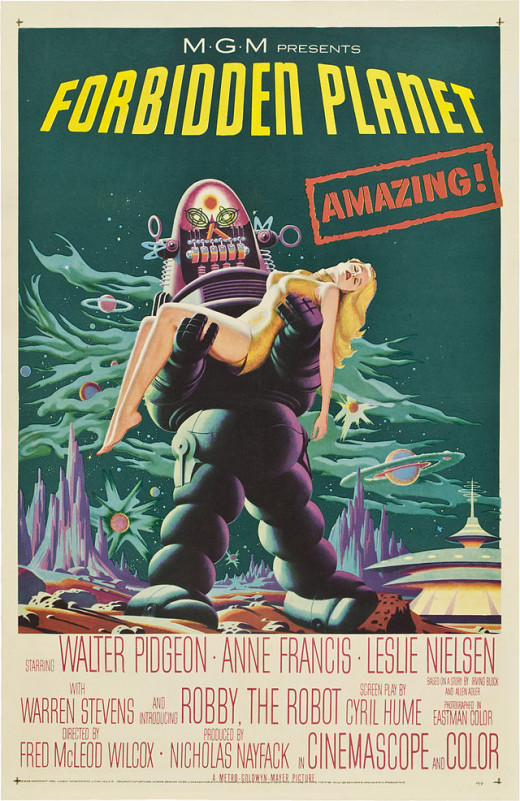
Science fiction used to be "B" grade, alternative and rarer!
According to Jon Glade on Yahoo answers, Hollywood created the terms "A" grade and "B" grade film to describe films that fulfilled different expectations. An "A" grade picture was one that "had all of the production values the public had come to expect".
On the other hand, "B" grade movies were cheaper, less appealing productions and were often paired with cartoons and other short features to entice the public to attend. This category included a number of early Science Fiction and Horror films, such as Creature from the Black Lagoon (1954), Forbidden Planet (1956), and War of the Worlds (1953 version).
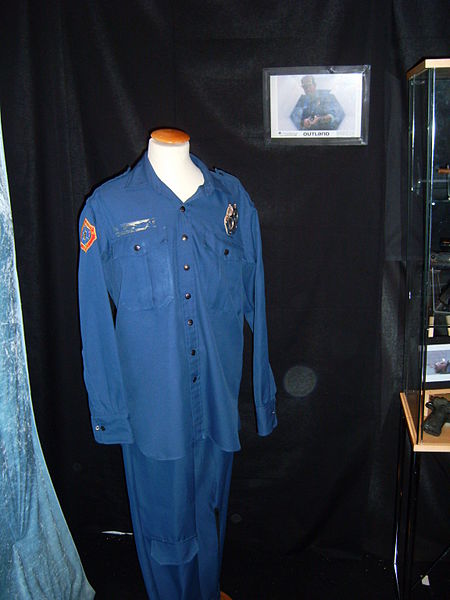
"B" grade began to mean interesting ....
Over time, by the late nineteen eighties to early nineteen nineties, I had begun to associate the term "B" grade movie with artistic integrity and fictional superiority.
"B" grade movies often featured interesting and alternative plots, creative costuming, and makeshift or experimental special effects.
It seemed that original material, such as horror and science fiction was less likely to attract funding and therefore might be produced as "B" grade. For fans the wait for a new Science fiction offering could be between a year and two years.
Characteristics of "B" Grade film.
- Traditionally developed on a lower budget due to lack of mainstream interest
- May astound at the box office
- May flop at the box office but enjoy enduring popularity on television or DVD/Video
- Is created by an alternative company or director due to their special interest
- Stars lesser known actors or actors who do not mind being type-cast
- May be based upon a lesser known or genre book or story
- Special effects may be amateur or innovative due to lower funding
- Limited advertising before release
- Was traditionally less likely to win awards
- Uses camera work and technique available on budget. These may be limited or innovative and creative.
- May contain poor colour or frequent dark screens as in film noir or old thrillers
- Traditionally received poor reviews from mainstream critics
- May acquire a fan club or cult following
- Typically involves science fiction, fantasy, horror, murder or thriller
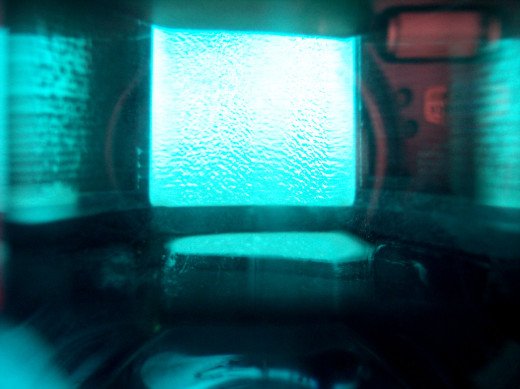
Characteristics of "A" Grade film.
- Made with a moderate to large budget
- Performs well at the box office
- Involves a well known producer, director and actors
- May be based upon a classic book or true story
- Professional special effects if appropriate
- Advertised thoroughly before release
- May win awards for treatment of human interest topics
- Excellent camera work and technique
- Receives good reviews from "critics"
- Typically involves action, drama, romance, mystery or sports
- May include fantasy when oriented towards children
- Has a wide or "universal" appeal
Give your opinion...
If Science Fiction films are produced in large numbers each year will they retain their originality and creativity?
What would becoming "A" Grade mean for the future of Science Fiction?
Now that a number of Science Fiction films are being produced per year and some of them have high budgets and professional effects, it would appear that Science Fiction has become a signifigant part of our culture.
The prolific production may indicate that it has also entered the mainstream of the film world. While this may represent a rise in the artistic hierarchy, it could also bring some negetive effects. If Science Fiction becomes mass produced, some of the creativity and connection with the thinking Scientific community may be lost.
Science Fiction, which started as primarily "speculative fiction" may be in danger of losing it's "speculation" and becoming mundane. The images and tropes of the genre would still exist, but the energy of alternative effort could decrease.
References
Movie titles, facts and dates can be checked using the Internet and Movie Database:
IMDb.com, 1990-2014 IMDB, IMDb.com, Inc., An Amazon company
List of American films for 2013:
http://en.wikipedia.org/wiki/List_of_American_films_of_2013

